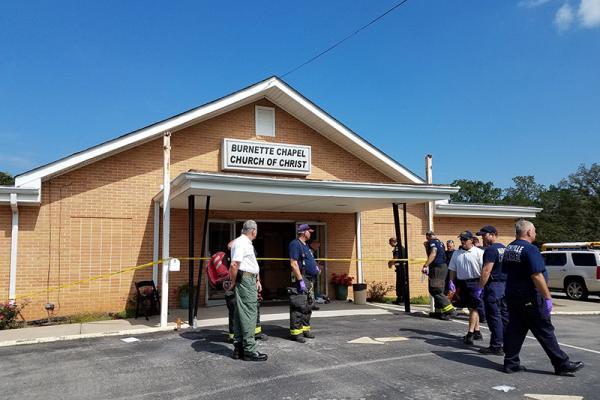Sep 27, 2017
The Sept. 24 shooting that left one woman dead and seven others injured conjures up memories of high-profile attacks, like the June 2015 massacre at Emanuel African Methodist Episcopal Church in Charleston, South Carolina that left nine dead.
Read the Full Article

Already a subscriber? Login
